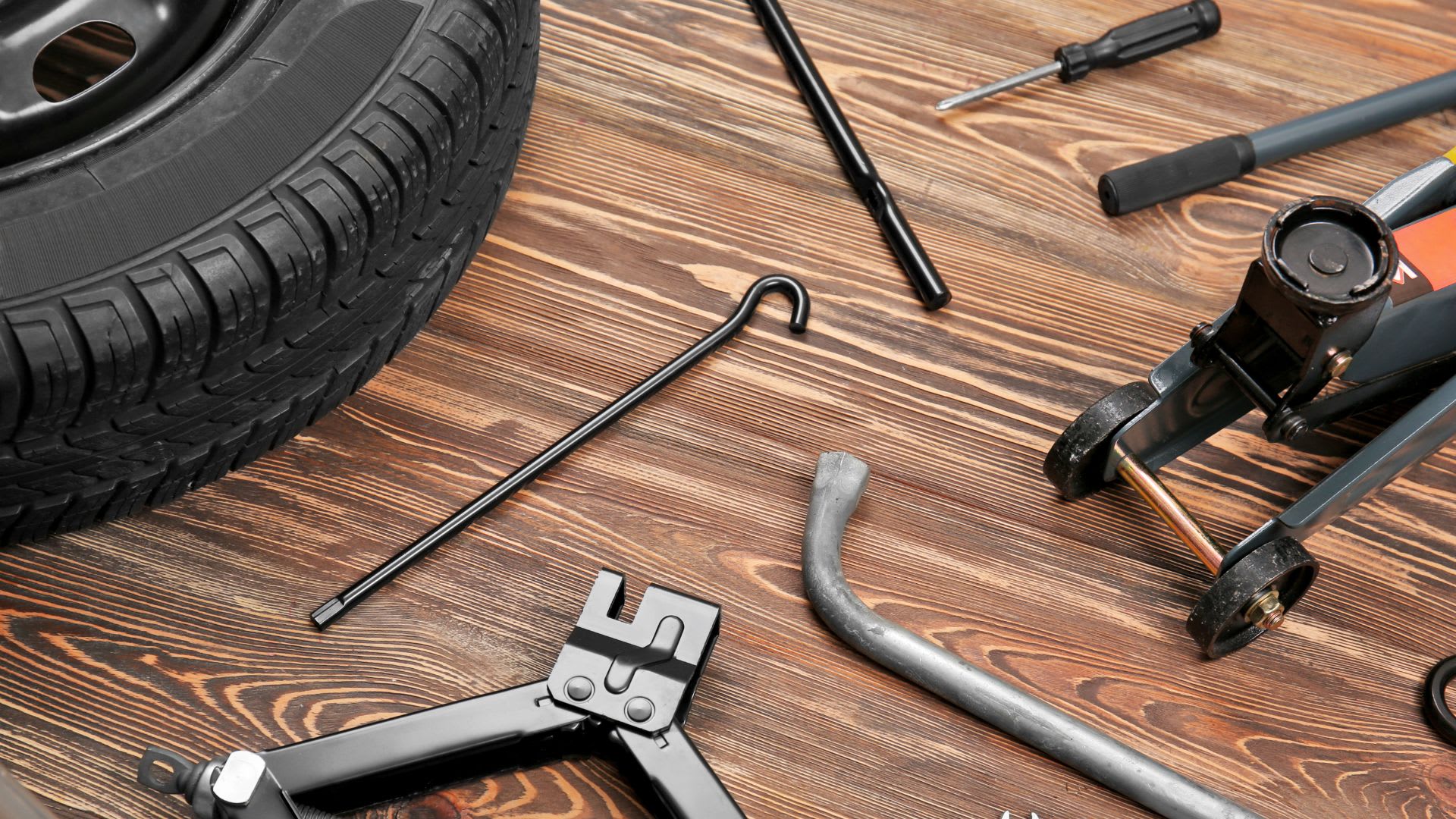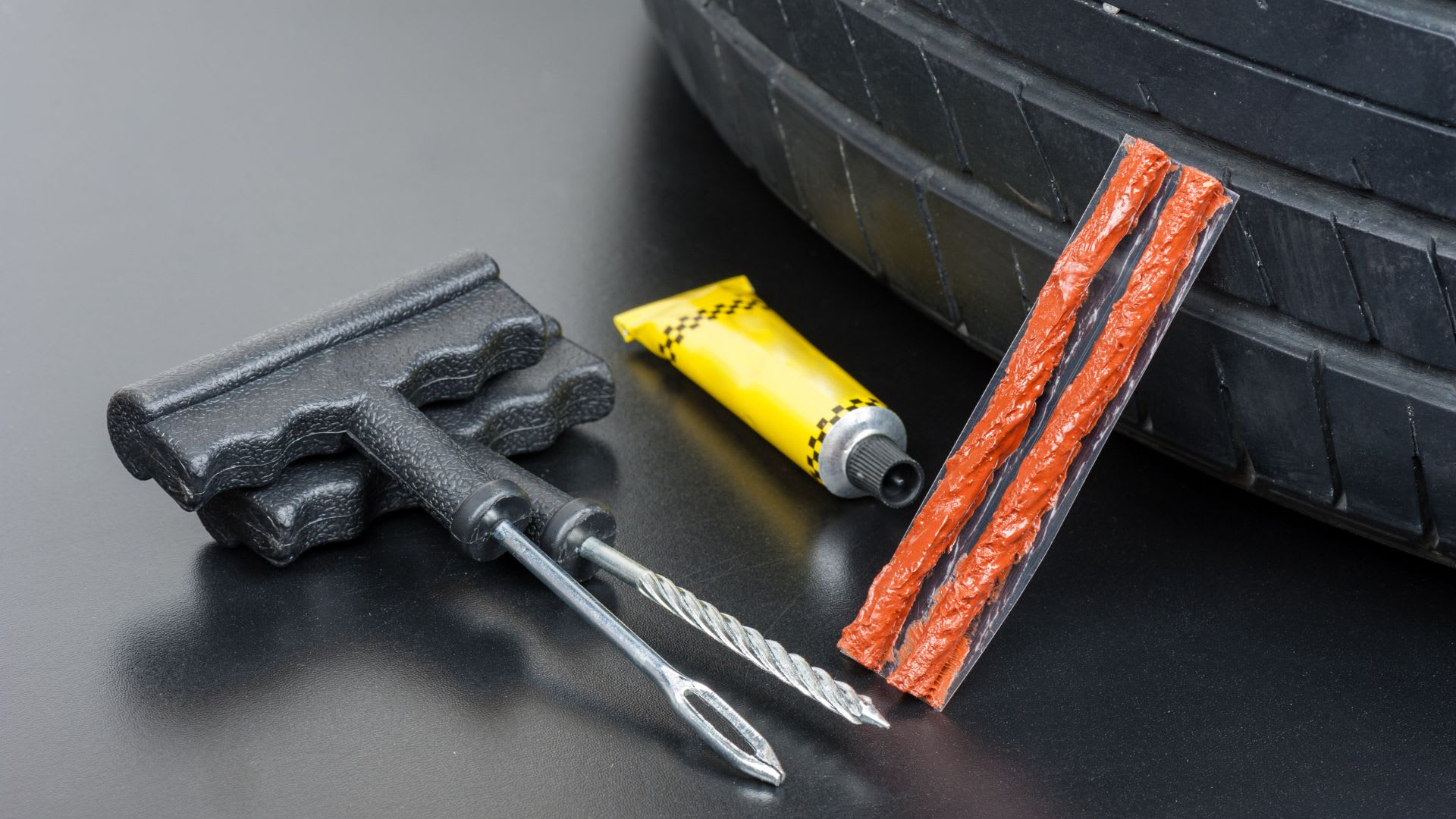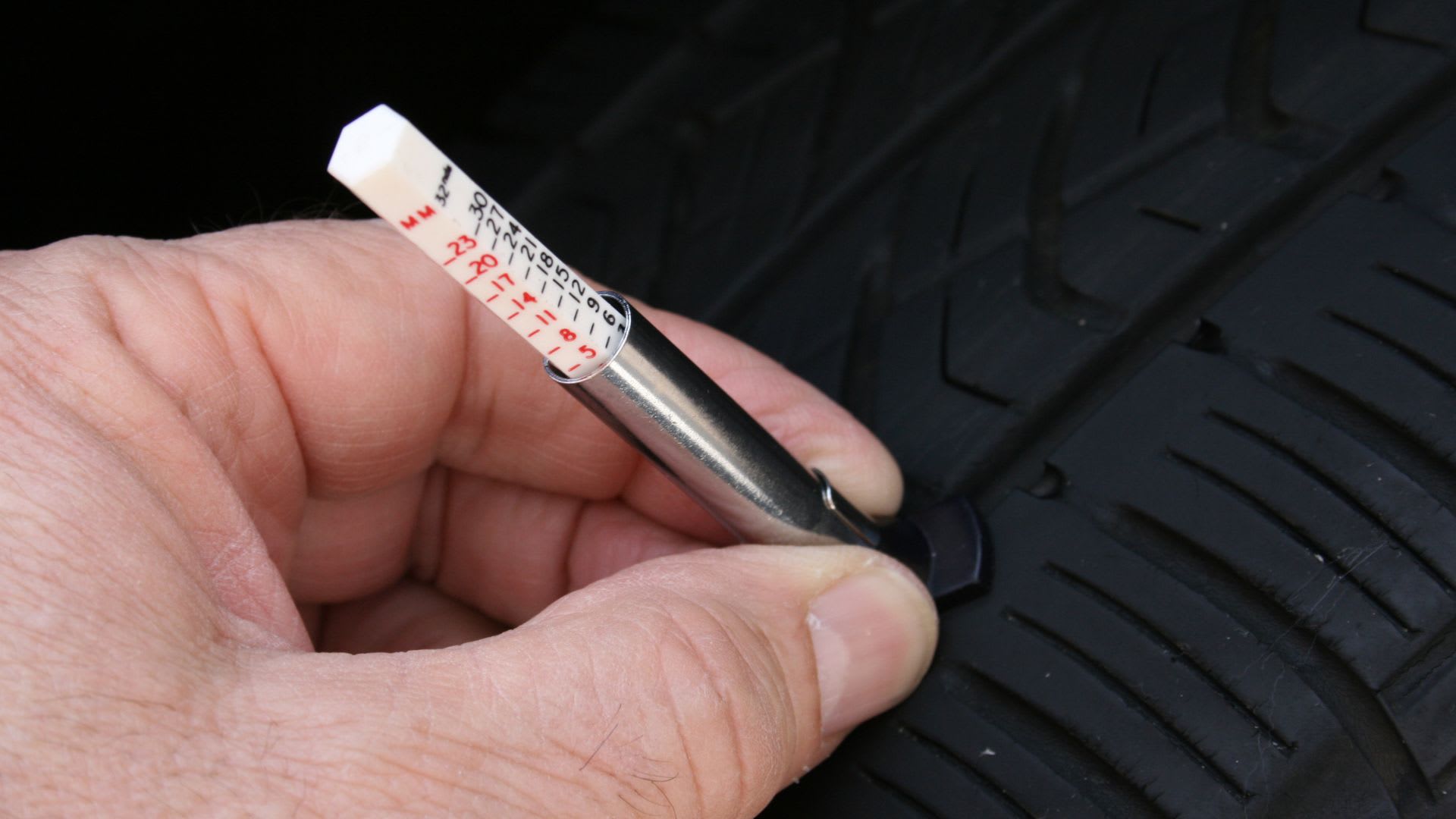Tire maintenance & Safety
Free shipping
Best price guarantee
Special pricing
Financing with Resolve
Easy returns

Proper tire maintenance is essential for ensuring a safe and comfortable driving experience. Having the right tools on hand can make all the difference when it comes to dealing with unexpected tire issues on the road.
Being prepared for common tire problems, such as flats or low tire pressure, can save you time, money, and stress in the long run. By keeping a well-stocked tire emergency kit in your vehicle, you'll be ready to tackle most tire-related challenges that come your way.
In this article, we'll discuss the essential tire tools every driver should keep in their car, as well as some additional items that can make tire maintenance even easier. We'll also provide tips on how to use these tools effectively and safely, so you can get back on the road with confidence.
What Are the Essential Tire Tools for Your Car?
When it comes to essential tire tools, there are a few key items that every driver should have in their vehicle:
1. Tire Pressure Gauge
A tire pressure gauge is a must-have tool for ensuring your tires are properly inflated. Maintaining the correct tire pressure is essential for optimal performance, safety, and fuel efficiency. Underinflated tires can lead to poor handling, increased wear, and even tire failure, while overinflated tires can result in a harsh ride and reduced traction.
To use a tire pressure gauge, simply remove the valve cap from your tire and press the gauge firmly onto the valve stem. The gauge will display the current tire pressure, which you can compare to the recommended pressure listed in your vehicle's owner's manual or on the tire information placard located on the driver's side door jamb.
2. Lug Wrench
A lug wrench is a crucial tool for removing and tightening lug nuts when changing a tire. Most vehicles come equipped with a basic lug wrench, but it's a good idea to invest in a high-quality, four-way lug wrench for added leverage and ease of use.
When using a lug wrench, always ensure that your vehicle is on a flat, stable surface and that the parking brake is engaged. Loosen the lug nuts slightly before raising the vehicle with a jack, and then fully remove them once the tire is off the ground.
3. Jack
A jack is necessary for lifting your vehicle off the ground to remove and replace a flat tire. Most vehicles come with a basic scissor jack, but a more sturdy and reliable hydraulic jack can make the tire-changing process easier and safer.
Always consult your vehicle's owner's manual for specific instructions on where to place the jack and how to use it properly. Ensure that the jack is positioned on a flat, solid surface and that the vehicle is stable before attempting to lift it.
4. Spare Tire
A spare tire is a temporary replacement for a flat tire, allowing you to safely drive to a repair shop or tire retailer, like we offer at SimpleTire. Most spare tires are compact "donuts" designed for short-distance, low-speed use, while some vehicles may come equipped with a full-size spare.
Regularly check the condition and air pressure of your spare tire to ensure it's ready for use when needed. Remember to replace your spare with a new tire as soon as possible, as driving on a spare for an extended period can be dangerous and may cause damage to your vehicle.
5. Tire Repair Kit
A tire repair kit contains items like tire plugs, sealant, and a small air compressor, which can be used to temporarily repair minor punctures or slow leaks. While a tire repair kit is not a permanent solution, it can help you get to a safe location where you can have the tire properly inspected and repaired or replaced.
When using a tire repair kit, always follow the manufacturer's instructions carefully and only attempt to repair punctures located in the tread area of the tire. If you're unsure about the severity of the damage or your ability to repair the tire safely, it's best to seek professional assistance.
Why You Need a Well-Stocked Tire Emergency Kit

Having a well-stocked tire emergency kit is vital for drivers who want to handle tire issues efficiently. When you're on the road, unexpected situations like flat tires or minor punctures can arise without warning. Equipped with the right tools, you can manage these situations calmly and effectively.
Investing in a comprehensive tire emergency kit gives you the ability to address tire problems swiftly, reducing the likelihood of long delays. This preparation not only saves you time and money by minimizing the need for professional assistance, but it also provides confidence in your ability to deal with minor tire issues independently.
Routine tire checks, such as monitoring air pressure and inspecting tread wear, are essential for preventing breakdowns. A well-prepared emergency kit complements these maintenance efforts by ensuring you're ready for any unexpected tire troubles, enhancing both safety and convenience during your travels.
How to Use Tire Changing Tools Safely and Effectively
Changing a tire requires a clear understanding of each tool's function and proper technique. Begin by consulting your vehicle's owner's manual. It contains critical information about the correct lifting points and specific tire-changing procedures tailored to your vehicle's design.
Position your car on a level, firm surface to ensure it remains secure. Stability prevents the car from rolling or moving during the process. Place wheel chocks behind the tires opposite the one you plan to change for added security and engage the parking brake to keep the vehicle steady.
Initially, loosen the lug nuts with your lug wrench while the tire is still on the ground to avoid any shifting of the vehicle. Afterward, use the jack to elevate the car, allowing you to remove the lug nuts completely and take off the flat tire. When attaching the spare tire, align it with the wheel bolts and hand-tighten the lug nuts. Lower the vehicle just enough for the tire to touch the ground, then fully tighten the nuts in a diagonal sequence. This pattern ensures the wheel is secured evenly.
Finally, ensure all tools are stored back in the vehicle, ready for future use. Regular maintenance of your tire-changing tools will prepare you for any roadside emergencies, ensuring safety and efficiency on the road.
Additional Tools for Tire Maintenance and Safety

Proper tire care extends beyond immediate fixes and includes tools that enhance routine maintenance. These often-overlooked items can significantly improve your ability to manage tire health, ensuring safe and efficient vehicle operation.
Tread Depth Gauge and Work Gloves
A tread depth gauge is a critical tool for monitoring tire wear. By regularly measuring tread depth, you can determine when tires are nearing replacement time, which is essential for maintaining optimal traction, especially on wet roads. Staying informed about your tires' condition helps plan for timely replacements, ensuring safe driving conditions.
Work gloves are a practical addition to your maintenance toolkit. They not only protect your hands from dirt and sharp edges but also improve your grip on tools during tire changes. High-quality gloves make tire maintenance more comfortable and reduce the risk of injury, allowing for quicker and more effective work.
Lighting and Tire Repair Insights
Adequate lighting is essential for any tire maintenance task, especially in low-visibility situations. A dependable flashlight or headlamp provides the necessary illumination to see clearly when changing a tire at night or inspecting tires in poorly lit areas. Good lighting minimizes mistakes and speeds up the maintenance process, offering assurance during unexpected roadside events.
Understanding the importance of regular tire inspections and maintenance ensures that your vehicle remains in optimal condition. This includes checking tire pressure, inspecting for damage, and rotating tires to promote even wear. By incorporating these additional tools and practices, you enhance your preparedness for unforeseen tire issues, improving both safety and vehicle longevity.
Knowing How to Change a Tire Can Get You Back on the Road
Changing a tire is a skill that empowers drivers to tackle unexpected roadside challenges. Flat tires often happen without warning, and being prepared to address them swiftly can safeguard your journey. Acquiring this skill enhances your ability to travel confidently, knowing you’re equipped to handle minor obstacles.
To master tire changing, practice in a controlled environment where you can familiarize yourself with each step. Engage with tools like the tire jack and lug wrench to understand their function and ensure you execute the process correctly. This preparation helps you build the confidence needed when faced with a real tire emergency, ensuring you can operate efficiently under pressure.
At times, conditions may not be conducive to changing a tire yourself—such as during severe weather or heavy traffic. In these instances, professional roadside assistance offers a practical solution to keep you safe. Regularly checking tire pressure and tread depth can alert you to potential problems before they escalate, helping to prevent emergencies. With the right knowledge and preparation, you maintain control over your vehicle’s safety and reliability.
While having the right tools and knowledge is essential for handling tire-related issues, sometimes it's best to leave it to the professionals. At SimpleTire, we make it easy for you to find the perfect tires for your vehicle at competitive prices, all from the comfort of your home. Shop for tires online with us today and experience the convenience of our expert service and support.
Ready to find the perfect tires?
Search By